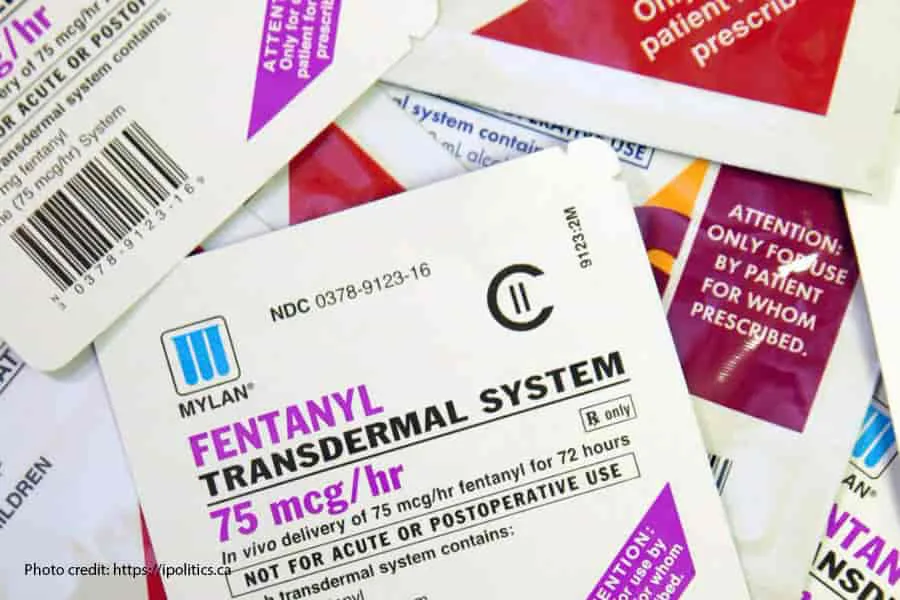The increased access to and overuse of painkillers seen in today’s opioid epidemic was the result of past drug policy changes.
In the late 1990s, the laws governing the prescription of opioids became relaxed, giving access to populations besides cancer patients with chronic pain. In 2000, the Joint Commission on Accreditation of Healthcare Organizations introduced new pain management standards, and at the same time many physicians were advocating for changes in practice to increase the use of opioids to treat chronic pain.
The opioid drug epidemic was highlighted by the Centers for Disease Control in 2015, but it was actually clear years ago that escalating drug prescription rates and increased opioid use was becoming a problem.
The rate of unintentional drug overdose and death increased from about 300,000 in 1996 to 900,000 in 2007 (a 300% increase). And in the same time frame, the number of deaths due to opioids increased from about 3,000 to 12,000 (or a 400% increase).
Along with the increased acceptability of prescribing painkillers came the increased practice of prescribing higher doses. For instance with fentanyl drugs, sales increased 525% and the dosage prescribed increased 496%, from 0.28 mg/person in 1996 to 1.67 mg/person in 2007.
While most of this is probably attributable to physicians having a better understanding of the quantities needed to give the desired effect, this inevitably increased the potential for accidental overuse and addiction. Giving people in pain access to painkillers is the preferred strategy. However, it is clear from the data that more doctor and patient education is needed in regards to prescribing and managing opioid treatment.
Fentanyl Patch Prescriptions
Fentanyl patches are often prescribed to persons having bleed-through pain when already taking other opioids for chronic pain. In fact, they should not be prescribed to persons that have not had previous opioid exposure. The patches are available in multiple doses ranging from 2.5 mg to 10 mg and are designed to slowly deliver 25 µg/hr to 100 µg/h to the body for up to 72 hours. Doctors might initially prescribe the lower concentrations, giving them the ability to increase the dosage if needed.
Do Patients Prescribed Fentanyl Need To Worry About Addiction?
Yes. Addiction, like any other side effect, should be of concern for the prescribing doctor and the user. An addiction, or a physical dependence on consuming the drug, can arise at anytime.
What are the Signs of Physical Dependence?
Doctors or pharmacists should inform the patient at the beginning to watch for signs of addiction. There are no known specific symptoms for fentanyl addition, so the general opioid addiction signs should be evaluated.
A person at risk of experiencing a physical dependence on fentanyl should look for some of the following: tolerance to and diminished effects of the drug, withdrawal symptoms when trying to quit, hand and feet swelling, constipation, vomiting, nausea, fatigue, dizziness, depressed breathing, and increased heart rate. Withdrawal symptoms may include agitation, irritability, inability to think logically, chills, sweats, insomnia, nervousness, and feeling overwhelmed.
A Fentanyl Addiction Can Come as a Surprise
In the beginning, the person uses the patch in response to intolerable pain. Then, when distinguishing between the causes of a pain might seem irrelevant or bothersome, a person might take the patch in response to a headache or any pain just to see if it works. At this point, a person might find him or herself repeatedly taking the drug for reasons other than their chronic pain.
Eventually the effect wears off, and higher doses are needed to recover from pain. Soon after, the pain may be caused by the body’s dependence on the drug, and eventually the person is required to take the drug just to get through the day.
This point might come as a surprise to fentanyl users because, for the most part, they were just using the patch as the doctor prescribed. A fentanyl patch user might think, “I’m not a drug addict. The doctor prescribed the drug, and I took it as I was instructed.”
An Addiction Is an Expected Side Effect of Fentanyl Patch Use
Society tends to view addiction as a moral failing, when really we should be acknowledging that it as a disease. People should not be defined by their addictions. Addiction is a known risk of fentanyl use that many people experience and is not something to be ashamed of or hide.
What Should Be Done About an Accidental Drug Addiction?
Physical addictions are difficult to overcome and sometimes withdrawal can be deadly. Two Dreams encourages people with fentanyl addictions to not attempt withdrawal alone and to contact a chronic pain specialist or an addictionologist, who can facilitate the process. Two Dreams does not provide detox services, but can connect individuals with organizations that do.
Weening off fentanyl involves slowly decreasing the intake of the drug over time and might require supplementation with antianxiety or anticonvulsant drugs to resolve withdrawal symptoms. It can take a week or longer to reach a safe point in which supervision is not needed.
Some people may be inclined to postpone doing withdrawal because of the amount of time and dedication needed to conquer their physical drug dependence. However, it is not recommended that a person wait. Long-term use of opioids can lead to heighted drug addition symptoms, and withdrawal will only become more challenging.
Sources:
http://www.sciencedirect.com.proxy.library.emory.edu/science/article/pii/S0735675702800195
http://www.ncbi.nlm.nih.gov/pubmed/20859312
https://www.futuresofpalmbeach.com/addictions/dangers-fentanyl-abuse/withdrawal-2/
http://www.blueridgemountainrecovery.com/prescription-drugs/fentanyl/signs-symptoms-effects

